How to Fix a Frozen Computer
Experiencing a frozen computer screen can be incredibly frustrating, especially when you’re in the middle of an important task.
Fortect will help you understand the common reasons for this and how to fix a frozen computer using nine different methods. Whether you’re using Windows or another operating system, these solutions can help restore your computer’s functionality and prevent future freezes.
9 Ways to Fix a Frozen Computer Screen
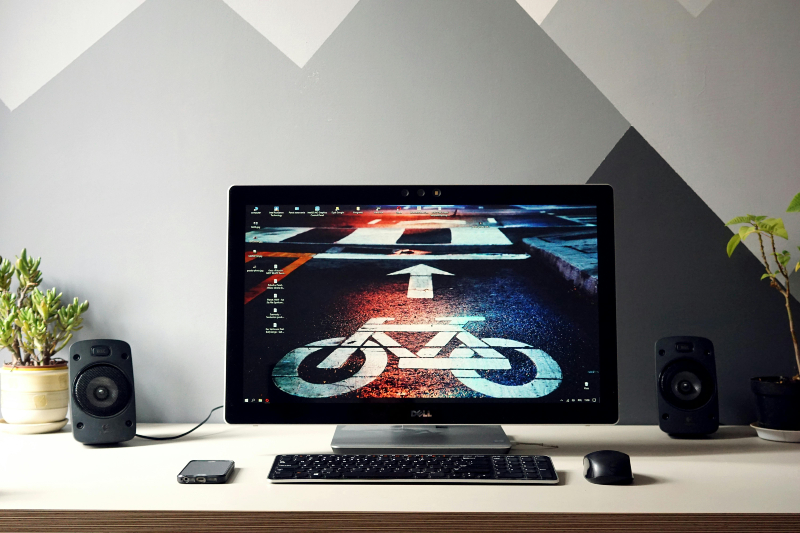
Method 1: Close Programs in Task Manager
When your computer freezes, it’s often caused by a single unresponsive program. Closing these programs using the Task Manager can quickly resolve the issue.
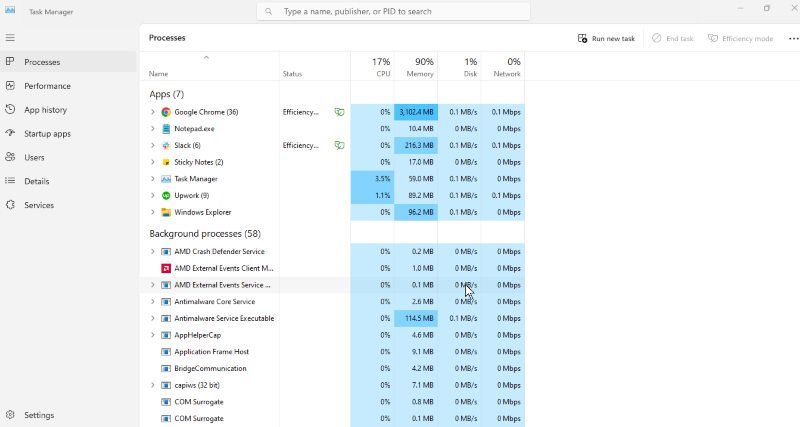
Steps:
Press Ctrl + Shift + Esc to open Task Manager.
In the “Processes” tab, identify the unresponsive program.
Select the program and click “End task.”
Restart your computer
Method 2: Restart the Frozen Computer
A simple restart can sometimes solve many computer issues, including a frozen screen.
Steps:
Press and hold the power button for 5-10 seconds until the computer shuts down.
Wait a few seconds and press the power button again to restart the computer.
Method 3: Restart File Explorer on Windows
Restarting File Explorer can help if your taskbar or desktop is unresponsive.
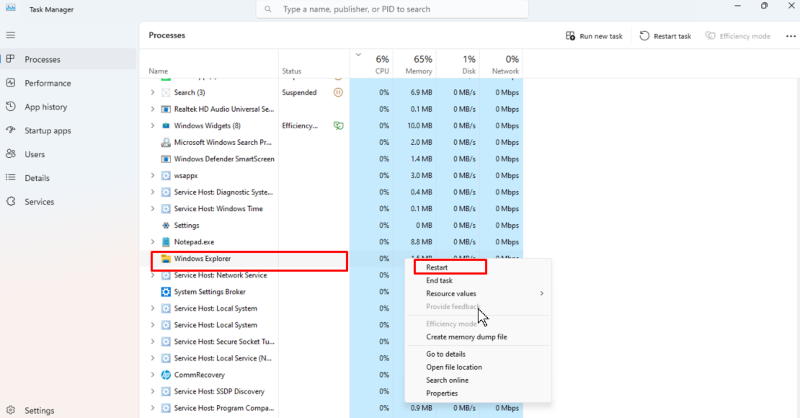
Steps:
Press Ctrl + Shift + Esc to open Task Manager.
Navigate to the “Processes” tab.
Find “Windows Explorer,” right-click it, and select “Restart.”
Method 4: Check Hardware
Hardware issues, such as loose cables or overheating, can cause your computer to freeze. Checking your hardware can help identify and fix these problems.
Steps:
Ensure all cables are securely connected.
Clean the vents and fans to prevent overheating.
Check the RAM and hard drive connections.
Method 5: Check for Updates
Outdated software can lead to system instability. Keeping your operating system and drivers up to date can prevent freezes.
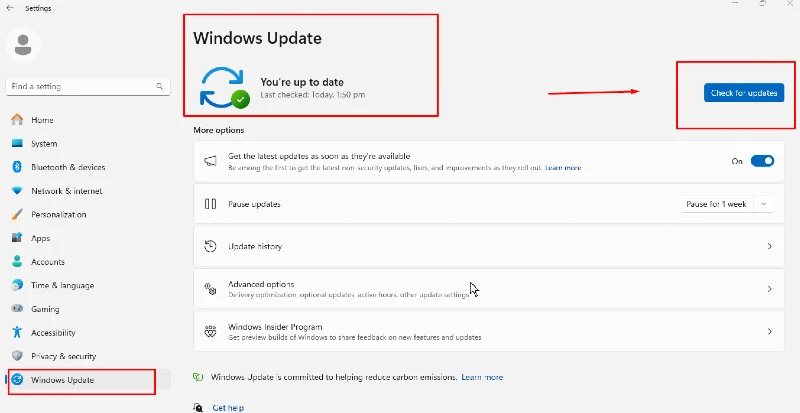
Steps:
Go to Settings > Update & Security > Windows Update.
Click “Check for updates” and install any available updates.
Restart your computer to apply the updates.
Method 6: Uninstall Unused Programs
Excessive programs can slow down your computer and cause it to freeze. Uninstalling unused programs can free up resources.
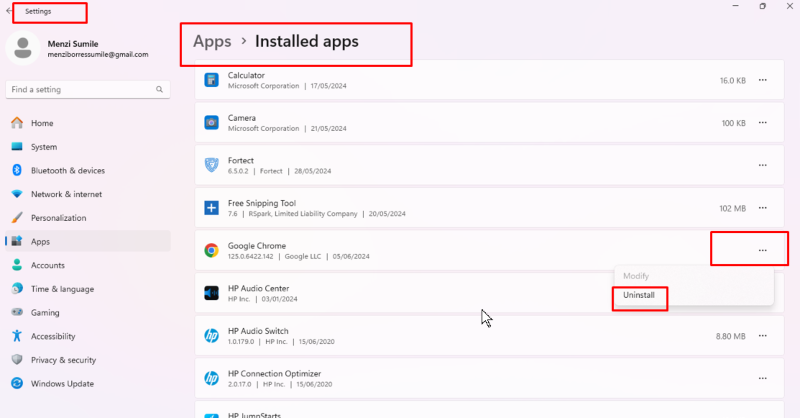
Steps:
Go to Control Panel > Programs > Uninstall a program.
Select the programs you no longer need and click “Uninstall.”
Method 7: Reinstall Recent Drivers
Sometimes, newly installed drivers can cause conflicts, leading to a freeze. Reinstalling these drivers can help.
Steps:
Go to Device Manager (right-click the Start button and select it).
Find the recent drivers you installed, right-click, and select “Uninstall device.”
Restart your computer, and Windows will attempt to reinstall the drivers automatically.
Method 8: Scan for Malware and Viruses
Malware and viruses can cause your computer to freeze. Running a comprehensive scan can identify and remove these threats.
Open your antivirus software.
Select “Full Scan” and let the software scan your entire system.
Follow the prompts to remove any detected threats.
Another option is to invest in third-party software, such as Fortect, that protects against viruses and malware and has driver updater functionality.
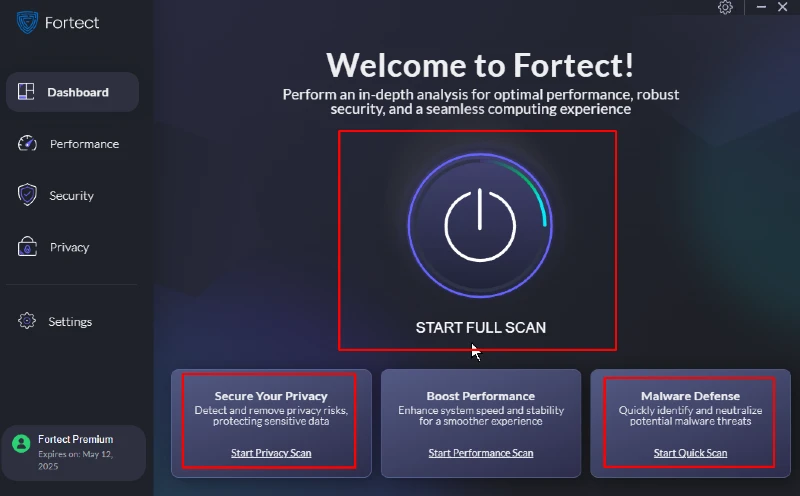
Fortect Premium automatically scans your Windows computer for malware and viruses that may be causing your PC to freeze, providing real-time notifications and a driver updater that, Fortect’s driver updater scans all ins and pinpointers to identify outcomes that could be causing screen freeze and fixes them, giving your PC’s performance.
Download and install Fortect now.
Method 9: Clear Cache and Temporary Files
Accumulated cache and temporary files can slow down your computer and cause freezes. Clearing these files can improve performance.
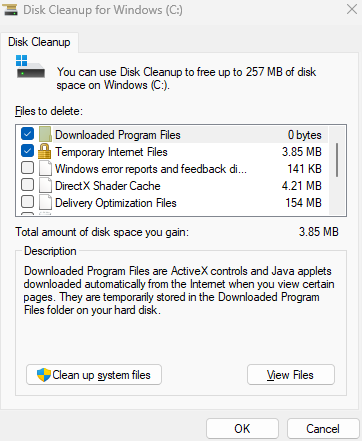
Steps:
Open Disk Cleanup (search for it in the Start menu).
Select the drive you want to clean and click “OK.”
Check the boxes for “Temporary files” and “System cache” and click “OK” to delete them.
What Causes a Computer to Freeze?
Understanding the underlying causes of a frozen computer can help you prevent future occurrences:
Need for memory: Running too many programs simultaneously can make your computer’s RAM manageable.
Hardware Issues: Problems with hardware components like the hard drive, RAM, or motherboard.
Software Conflicts: Incompatible or corrupted software can lead to system instability.
Overheating: Excessive heat can cause the CPU or GPU to shut down or slow down to protect itself.
Malware and Viruses: Malicious software can consume resources and cause freezes.
Outdated Drivers or Software: Old or incompatible drivers and software can lead to conflicts and freezes.
Conclusion
A frozen computer can disrupt your workflow, but you can troubleshoot and resolve the issue efficiently with these nine solutions. Regular maintenance, such as keeping your software updated and scanning for malware, can help prevent freezes and keep your computer running smoothly.
By understanding the common causes of freezes, you can take proactive steps to ensure your computer’s reliability and performance.




